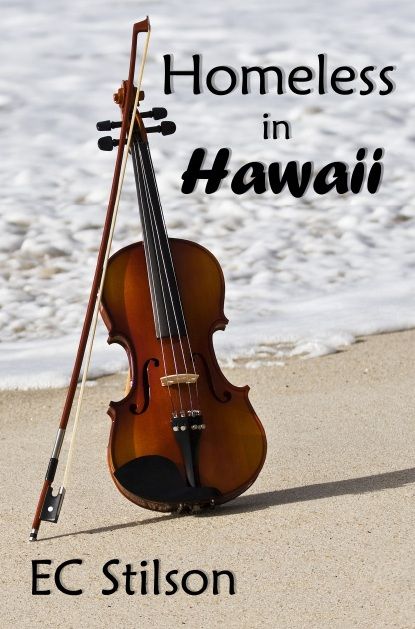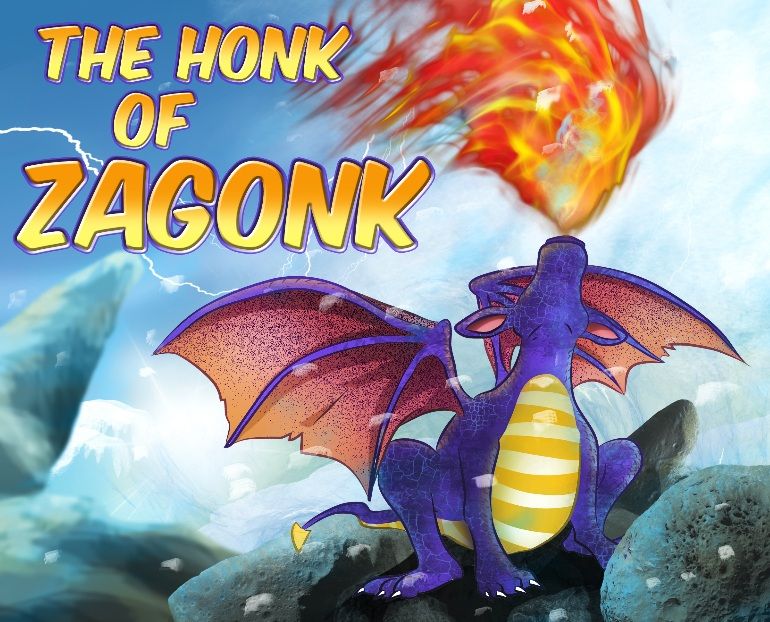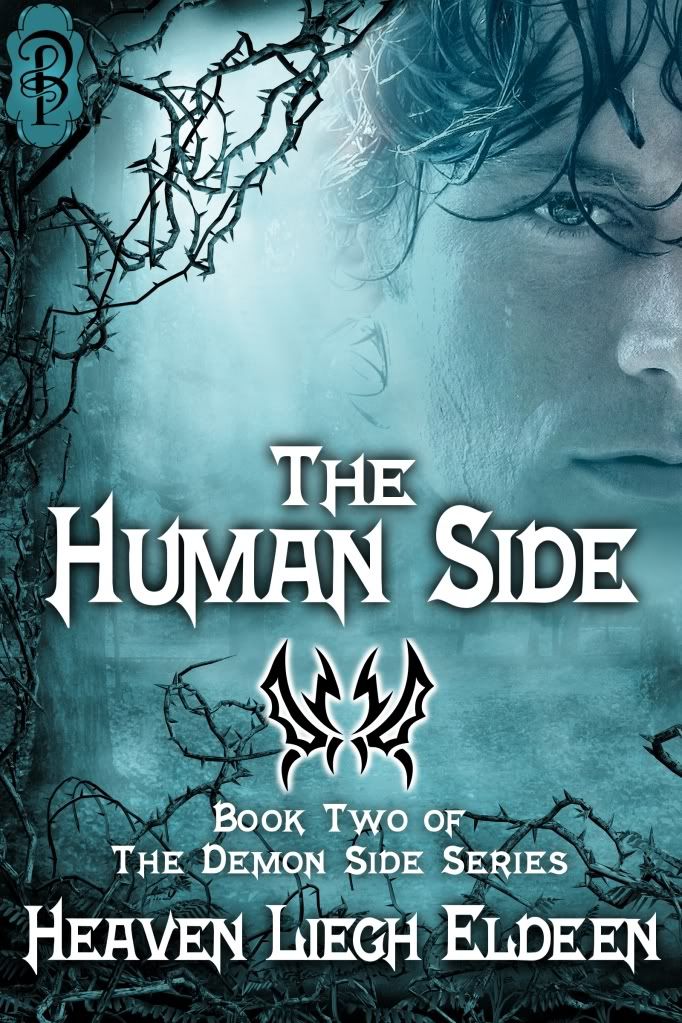The Magi Journeying by James Tissot
No story today about growing up
in the forties with the rationing of the war and the shortages on the home
front. Instead, as we begin to celebrate the twelve days of Christmas, I
cherish three of life’s gifts: the warmth of friendship and family, the miracle
of renewed spirit, and the wonder of love shared in Oneness.
I hope that as the new year dawns, I will grow in compassion, charity,
open-mindedness, and the willingness to listen to views that differ from my
own.
It is in the listening that all of us discover that we are truly One and that
our differences need not divide us into warring camps but can help us
appreciate the multi-faceted complexity of the human spirit.
As Gertrud von Le Fort wrote in her poem “Corpus Christi Mysticum” in Hymns
to the Church, “Everywhere there is one and never two.” My life has been
given over to discovering what that line of poetry truly means.
Always and ever, especially when I find myself at odds with others, I learn
that in truth we are One, not two, no matter what seems to divide us. As the
new year dawns, let us all reach out and embrace what seems to be Other, but at
the deepest level is One.
Why today especially? Because this is the first of the twelve days of
Christmas. Our celebration of Light within our lives culminates in the Epiphany
on January 6 when the three kings discover, as T.S. Eliot wrote in “The Journey
of the Magi,” that the stable of our own spirit and the child within each of us
offer us not answers but questions about how we will live our lives.
“The Friendly Beasts” is a carol that speaks to the Oneness of all creation.
The music originated in twelfth-century France and the words we sing today are
from the 1920s.
I chose this rendition by Tennessee Ernie Ford because it features the artwork
of the famous children’s illustrator and writer Tomie dePaola as well as the
words of the song.
If you enjoyed that traditional carol, you may also enjoy two others that have
been favorites of mine since 1986, when a friend gave me the audiocassette
“Christmas Carol,” featuring the flute of James Galway.
One, “Shepherd’s Pipe Carol,” speaks of the loneliness we might feel on the way
to Bethlehem, destiny’s end, where family, Magi, shepherds, and animals
gathered as One.
The other, “Pat-a-Pan,” speaks to the divinity within us. I believe that when
we embrace our sparks of divine Oneness we make the earth whole.
If you’d like to listen to both carols, please clink here and go to my second blog where I
featured them this past Sunday.
Next Wednesday I’ll return to my on-line memoir stories on this blog. I hope
you know how grateful I am to all of you for the visits you make here each
week, the comments many of you choose to leave, and the good will you extend
toward my words and toward my journey of accepting the whole of my long life.
It is peace I wish each and every one of you. Peace pressed down and
overflowing. Peace that flows like a river within your heart and mind and
spirit. Peace ever and always. In the new year of 2013, let us share that peace
with each person whom we encounter as we go about our days.
Peace.
_-_James_Tissot_-_overall.jpg)









.jpg)












